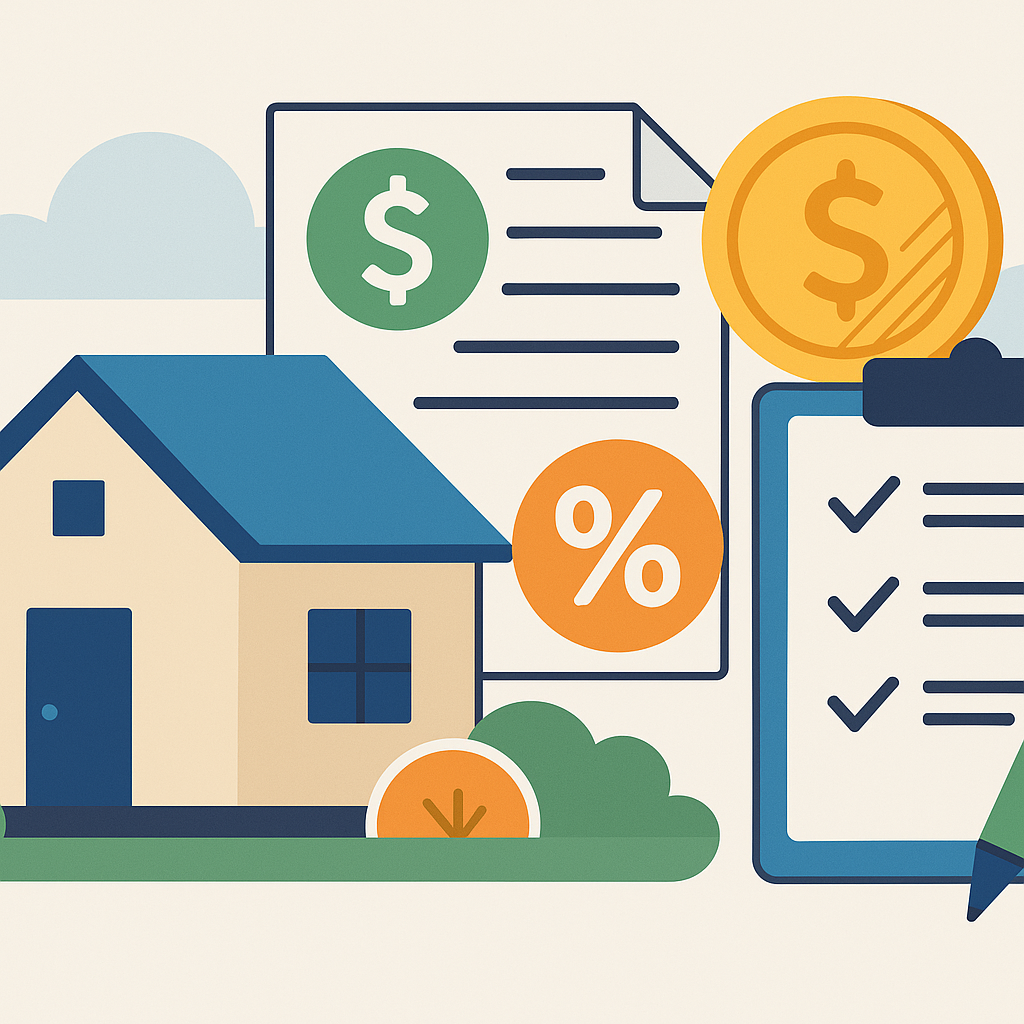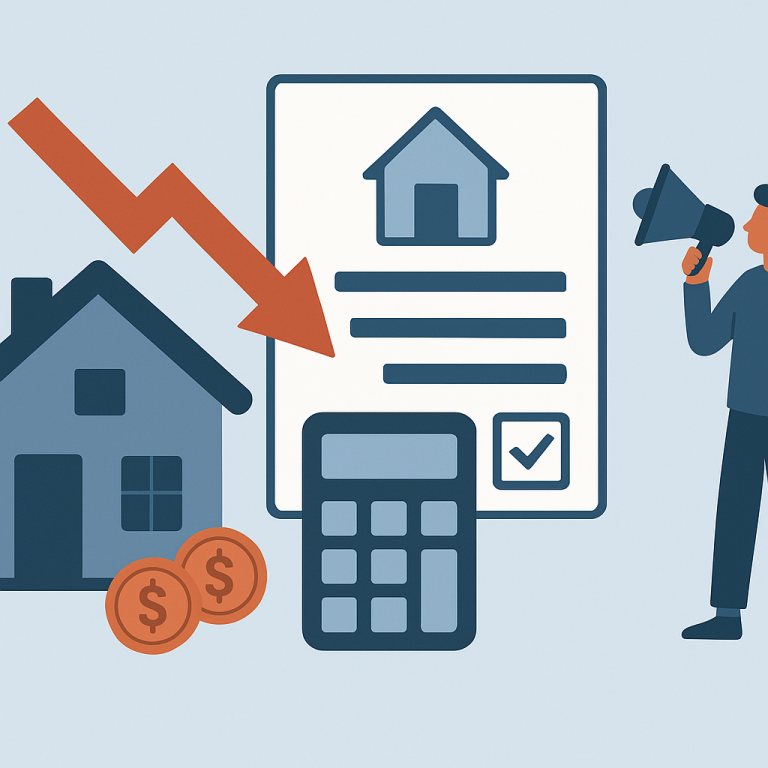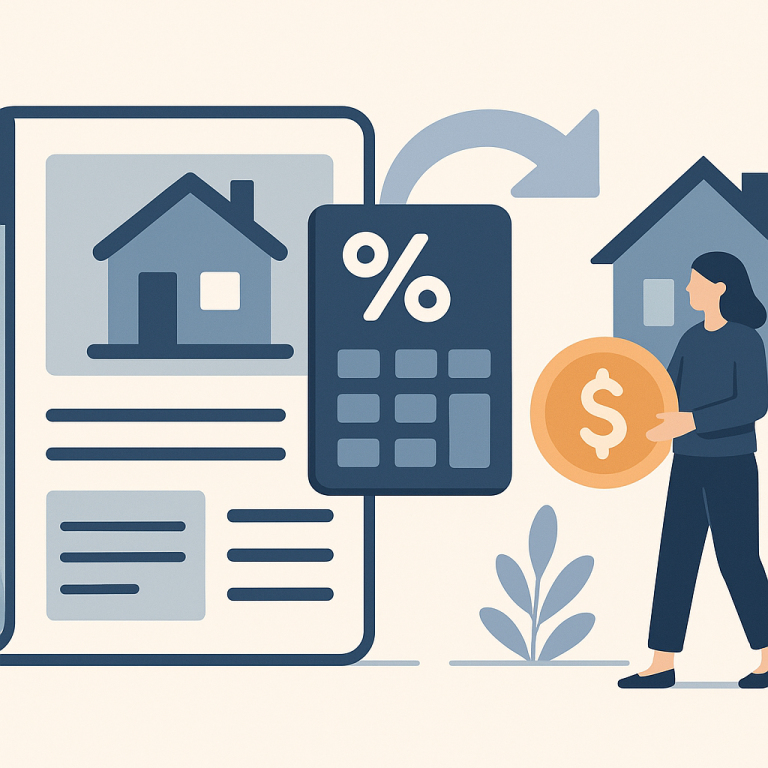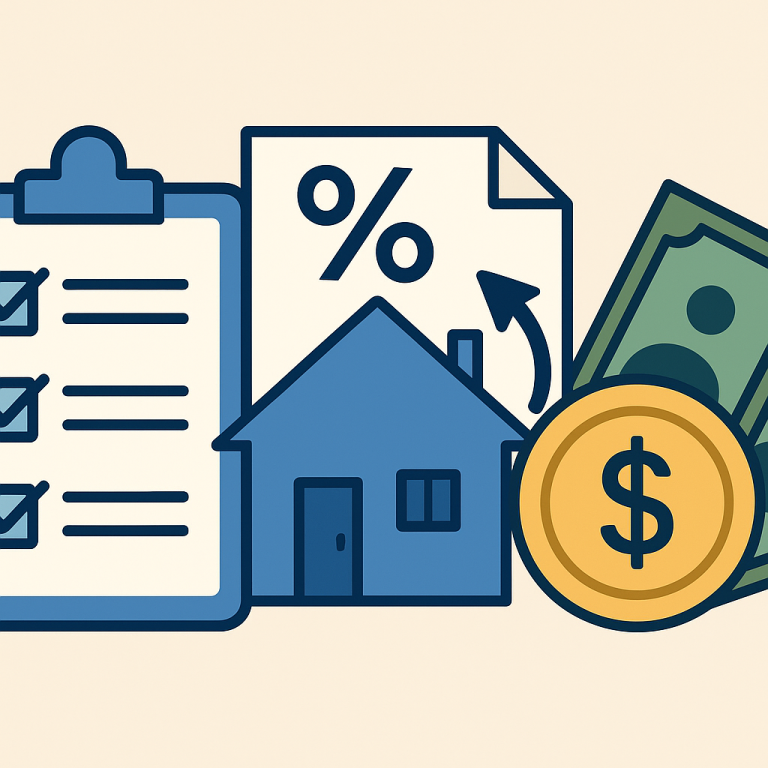Refinance guide refinance with a second mortgage or HELOC CLTV rules
Refinancing with a Second Mortgage or HELOC: How CLTV Rules Affect Your Options
When you need cash from your home’s equity, you generally have three choices: a cash‑out refinance, a second mortgage (also called a home equity loan), or a home equity line of credit (HELOC). One critical factor lenders use to decide how much you can borrow is combined loan‑to‑value (CLTV). This article explains what CLTV is, when using a second mortgage or HELOC makes sense, the pros and cons, typical costs, the step‑by‑step process, common pitfalls, and answers to frequently asked questions.
What CLTV Is and When a Second Mortgage or HELOC Makes Sense
CLTV is the ratio of all outstanding mortgage balances (first mortgage plus any second mortgage or HELOC limits) to your home’s appraised value. For example, if your home appraises at $400,000 and you owe $240,000 on the first mortgage, a combined 80% CLTV would allow total loans up to $320,000 — leaving $80,000 available for a second lien.
Choosing a second mortgage or HELOC instead of a cash‑out refinance often makes sense when:
- Your current first‑mortgage rate is lower than current market refinance rates and you want to keep it.
- You need a specific lump sum (home equity loan) or flexible access to funds (HELOC) without redoing your entire first mortgage.
- You want lower upfront closing costs and a faster closing than a full refinance.
Benefits and Drawbacks
Benefits
- Preserve a low first‑mortgage rate while tapping equity.
- Lower closing costs and quicker process compared with a cash‑out refinance in many cases.
- HELOCs offer flexibility: borrow only what you need during the draw period.
- Potential tax advantages on interest if funds are used to buy, build, or substantially improve the home (consult a tax professional).
Drawbacks
- Second liens typically carry higher interest rates than first mortgages because they are lower priority in foreclosure.
- HELOCs commonly have variable rates, which can increase your monthly payments.
- Some lenders cap CLTV more strictly for investment or second homes, or require mortgage insurance if CLTV remains high.
- Managing multiple loans can complicate future refinancing; some refinance lenders require paying off or subordinating second liens.
Costs and Fees
Second mortgages and HELOCs can involve many of the same fees as a primary mortgage. Expect some or all of the following:
- Origination or application fee
- Appraisal fee (used to determine current value for CLTV)
- Title search and title insurance fees
- Recording fees and local transfer taxes (where applicable)
- Broker fees (if you use a broker)
- HELOC-specific fees: annual or inactivity fees, draw fees, possible early closure or early termination fees
- Prepayment penalties on some older loans (less common on new HELOCs and second mortgages)
Because second liens are riskier for lenders, interest rates and fees are often higher than for first mortgages. Shop lenders and compare APR, not just the advertised rate.
Step‑by‑Step Process
- Estimate CLTV: Get a rough idea by dividing (current first mortgage balance + desired second) by an estimated home value. This helps screen lenders before applying.
- Check credit and debt‑to‑income (DTI): Higher credit scores and lower DTI increase your chances for better CLTV limits and rates.
- Choose loan type: Decide between a fixed‑rate home equity loan (lump sum) or a HELOC (revolving line with draw period and typically variable rate).
- Get lender quotes: Request rate sheets, fee schedules, and CLTV limits from several lenders. Ask about underwriting rules for your property type and occupancy.
- Apply and submit documentation: Pay stubs, tax returns, bank statements, HOA dues info if applicable, and current mortgage statement.
- Appraisal and title work: Lenders order an appraisal to confirm value; title company checks for liens and easements.
- Underwriting: Lender verifies your documentation, credit, and the CLTV calculation. Expect questions about how you’ll use the funds.
- Close and fund: Sign the loan documents, pay closing costs, and receive funds (lump sum for a second mortgage or access to draw funds for a HELOC).
Common Pitfalls to Avoid
- Assuming your lender will allow any CLTV: CLTV limits vary by lender, product, occupancy (primary vs. investment), and loan type. Ask up front.
- Ignoring the appraisal: An appraisal lower than your expected value reduces available CLTV and could kill the deal.
- Not accounting for variable rates: HELOCs can reset to much higher payments during rate increases — stress‑test your budget.
- Overborrowing: High CLTV reduces equity cushion and increases chances of owing more than the home’s value if prices fall.
- Refinancing the first mortgage without handling the second: Many refinance lenders require second liens to be paid off or subordinated; getting a subordination agreement can be time‑consuming or denied.
- Forgetting PMI/MI and tax impacts: Keeping CLTV above conventional lender thresholds (commonly 80%) can require private mortgage insurance (PMI); tax deductibility rules changed in recent years.
Short FAQ
Q: What maximum CLTV can I expect with a second mortgage or HELOC?
A: Maximum CLTV varies by lender, loan program, property use, and your credit profile. Many conventional lenders underwrite second liens up to 80% CLTV for primary residences, while some programs may allow higher CLTVs (85% or 90) under specific conditions. Ask lenders about their CLTV limits for your situation.
Q: Can I keep my HELOC if I refinance my first mortgage?
A: Sometimes. When you refinance the first mortgage, the new lender may require the HELOC lender to sign a subordination agreement to keep the HELOC as a second lien. Some HELOC lenders will not subordinate, or they may require the HELOC be paid off. Confirm subordination policies before refinancing.
Q: How does CLTV affect my interest rate?
A: Higher CLTVs increase lender risk, so you’ll generally pay higher rates and possibly higher fees when combined loans approach the lender’s CLTV limit. Strong credit and lower DTI can offset some of that impact.
Q: Is interest on a second mortgage or HELOC tax deductible?
A: Interest deductibility depends on how you use the funds and current tax law. Interest used to buy, build, or substantially improve the home is more likely to be deductible; interest for personal expenses typically is not. Check with a tax advisor for your specific situation.
Refinancing with a second mortgage or HELOC can be a smart way to access home equity while keeping an existing first mortgage, but CLTV rules and lender policies matter. Get clear CLTV guidance from lenders early, compare costs, and consider how variable rates and loan priority affect your long‑term finances.
META: wordcount=approximately1000






